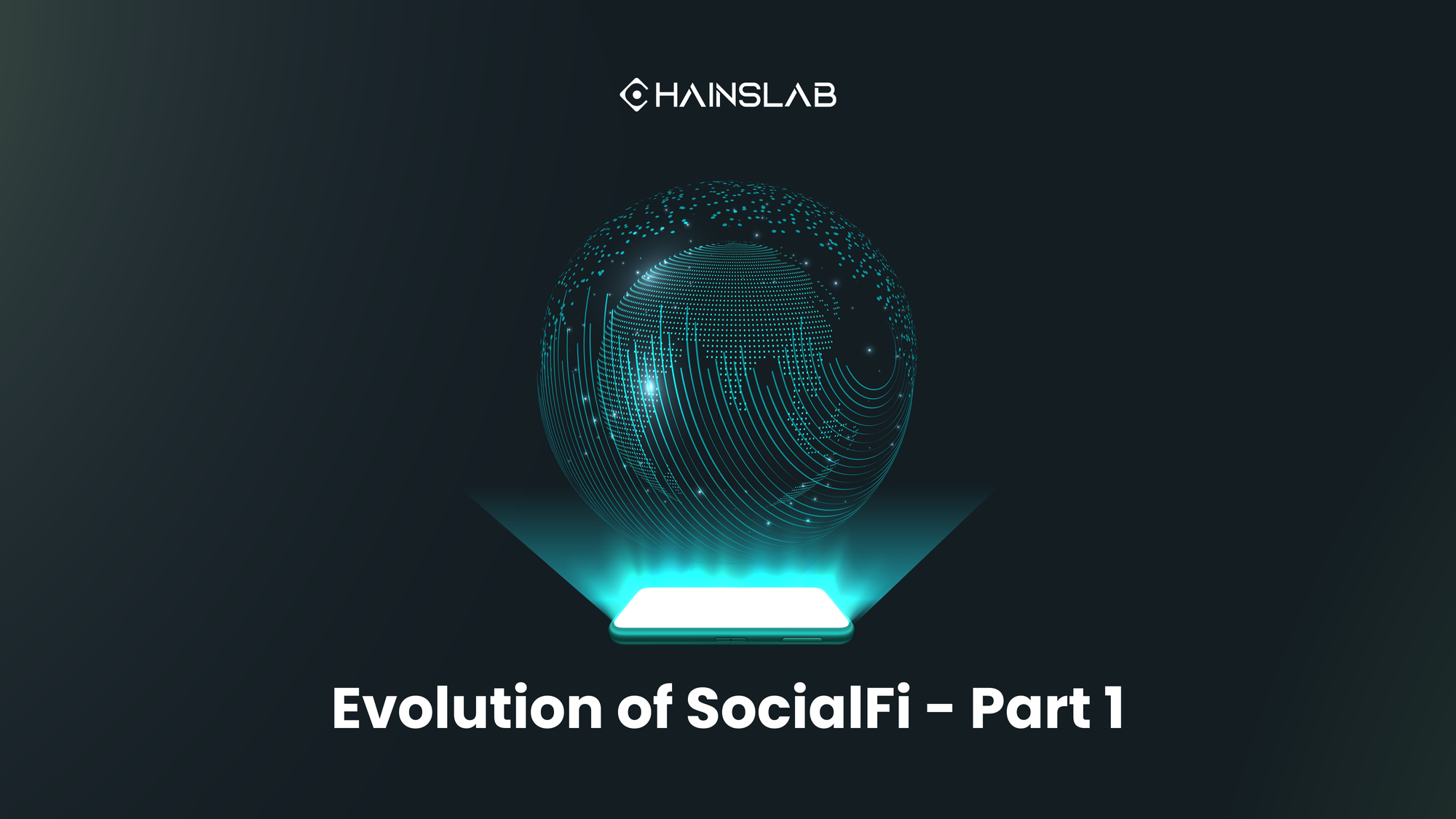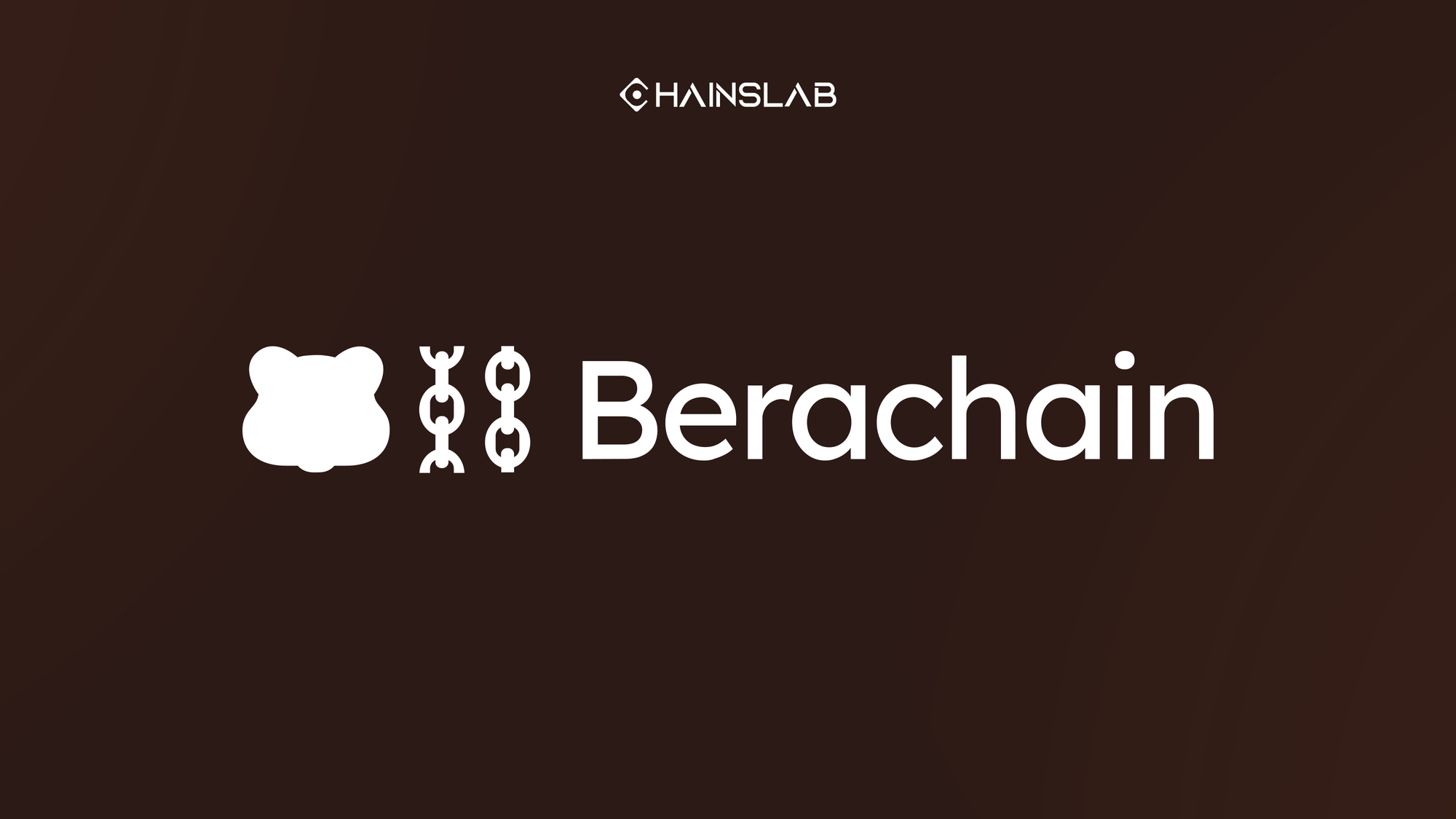Soon after the genesis of Ethereum, plans were laid for the blockchain to move from a proof-of-work to a proof-of-stake network. The long–awaited Ethereum Merge took place on September 15, where over 50,000 viewers tuned in to the livestream of the blockchain reaching a Total Terminal Difficulty of 58,750,000,000T - the fixed number of hashes that the Ethereum proof-of-work network had to mine before switching to proof-of-stake.
Although, the Merge is just the first of many steps for Ethereum. There are other metrics that will take years, or even more than a decade, before we know exactly how the details play out… It really does feel like the sky that has been cloudy for almost a decade is finally cleared”, Buterin said.
What The Merge Brings In?
The Merge represents the joining of the execution layer of Ethereum with its new proof-of-stake consensus layer, the Beacon Chain. It eliminates the need for energy-intensive mining and instead secures the network using staked ETH. A truly exciting step in realizing the Ethereum vision – more scalability, security, and sustainability.
“Ethereum’s big day: The Merge is coming”, we already had an article that described very detail about that outcome. Many controversies and misconceptions are also clearly explained in the article as well. Taking some keynotes from it, after the network successfully merged, it brought two main focuses, security and efficiency.
A proof-of-stake network has an intrinsic value when it comes to economic security based upon its design. If a blackhat hacker wants to perform a 51% attack, the amount of money necessarily would be doubled and tripled as the one needed on proof-of-work Ethereum. And that number has a lot of room to grow beyond, as more ETH is going to be staked and price manipulated.
The second one is about energy consumption. After moving to PoS that’s essentially going down ~99.95% to almost zero, at around 0.01 Twh/yr, compared to 112 Twh/yr of ETH PoW or 200 Twh/yr of Bitcoin.
In addition, conviction among stakeholders in the network is somewhat clear, while some validators still want to continue to support Ethereum POW but on the other hand, many protocols or dApps on Ethereum support the network's move to PoS and will not support old PoW tokens. A hard fork of the Ethereum network created the EthereumPoW (EthW) network. To put it simply, a fork fundamentally alters how the blockchain network operates. Because a small but vocal segment of the crypto community insists that the network should continue to use the proof-of-work consensus mechanism, hence EthereumPoW was established. Among this community, many of them were miners who could not hold onto their revenue streams when the mechanism of Ethereum changed from the proof of work to the proof of stake.
Where We Are In Ethereum’s Trajectory?
Some of the FUDs that were surrounding the merge had been around the idea that we would see a flood of staked ETH hitting the market as validators looked to sell. But this is definitely a misconception, this can only be done once the Shanghai upgrade is complete in about six months. Besides allowing Beacon chain withdrawals, the Shanghai upgrade will also introduce EIP-3540. This article won’t go into too many technical details, but in summary, this upgrade is to separate the code from the data, also known as EVM Object Format. There will also be changes that will potentially lower gas fees. This will be done by equalizing the block sizes and increasing the call data functionality of the block.
Moving beyond Shanghai though, the devs have a whole host of upgrades on their roadmap. The next stage in the roadmap is the Surge that will introduce sharding. This is seen by many as the upgrade that will bring most of the scaling benefits to the Ethereum network. That’s because it will see the majority of the network split across a number of different blockchains known as Shard chains.
Simply put, the shard chains will allow computation to be done in parallel as each of the individual shard chains will handle their own computations. These will then be settled on the main chain at a later stage. They would also enable those roll-ups layer solutions to be even cheaper and make nodes easier to operate as they won’t need to store the entire blockchain. When it comes to scalability transaction throughput should increase exponentially with the number of shards. If we were to include layer scaling benefits, then there are some estimates that we could see Ethereum handling up to 100,000 TPS. In terms of timing, the Surge could be expected next year.
Although, there are no definite dates yet then after the Surge is complete, we’ll have the Verge. This will bring with it the introduction of vertical trees. These are a powerful upgrade to Merkle trees which will optimize data storage and node size further helping with scaling capability. Next up after that will be the Purge, which will allow for the removal of spare historical data and the purging of irrelevant data. Essentially it will streamline storage and further help to reduce network congestion.
Then the final step will be the splurge. This is in fact a range of smaller quote miscellaneous upgrades that will ensure that the network is able to run smoothly while incorporating all those previous upgrades. So, there’s no doubt a lot to look forward to from a development perspective. A process of constant evolution to move the Ethereum network to that long-envisioned goal of being a global decentralized virtual computer.
But in the immediate short term, recent events have a number of other implications for the network, and these relate to monetary economics, making Ethereum become an “ultrasound money”. The impact of reduced block emission and fee burns will have on the ETH inflation schedule, otherwise known as the triple halving on a number of occasions. We can see exactly what has happened to the supply of ETH. It initially fell right after the Merge but has been climbing ever since. However, at the time of writing, the supply growth was running at 0.07% per year. That’s if we were to assume the current emission rate of 603,000 ETH per year and a burn rate of 522,00 ETH per year.
If we switch the condition back to PoW, in this case the supply growth would have been 3.60%. So based on those stats, the transition reduced the emission rate by ~93%. It’s much more efficient. In a bull case, that could be no inflation or even deflation, compared to Bitcoin current inflation rate is 1.72%. The approach to deflation depends on the total emission which is driven by amount staked as well as the amount that’s burned. The latter is of course driven by the number of transactions.
That’s the monetary dynamics behind each demand and supply drivers. In the long term, it should be price positive, however once the Shanghai upgrade has been pushed, it could result in a flood of unstaked ETH hitting the market.
Centralization Of Stake Worry
Now it's a lot easier to be a validator providing security and computations for the ETH network. Everyone can become a validator with just 32 ETH staked into the network instead of having to operate and maintain complex miners. Besides, some protocols, such as RocketPool, support users with less than 32 ETH but still want to be a validator. This facilitates the network to become more and more decentralized.
The demand of nodes launching on the network also raises concerns about the actual decentralization of the network. According to Ethernodes, the platform reveals that AWS makes up for a significant ~49%. The sky-high capital required to set up and maintain node infrastructure pushes operators to opt for hosting. This may leave the Ethereum blockchain vulnerable. Besides, as stats of Etherscan, it shows that there is a worry with Ethereum’s geographical decentralization. Around three-fifths of all Ethereum nodes are located in the US and Germany. Another concern is that the network could be damaged when it comes to any of these governments act against the node operators.
Is Ether a security? The question has been debated since the very beginning of Ethereum, with the blockchain’s developers hoping to avoid passing the Howey Test (the set of criteria that determines whether something is a security) and thus saving Ethereum from much stricter regulatory oversight. For years, Ethereum leaders have argued that the token is sufficiently decentralized, and regulators have mostly stayed away.
But SEC Chair Gary Gensler said that a token using Proof of Stake might contribute toward it passing the Howey Test. “From the coin’s perspective…that’s another indicia that under the Howey test, the investing public is anticipating profits based on the efforts of others,” Mr. Gensler told reporters after a congressional hearing, according to the Wall Street Journal. Given that Ethereum just switched to Proof of Stake, many investors on social media expressed concern that Ethereum might be Gensler’s next target.
Some crypto-focused lawyers, however, say that there’s a long road from Gensler’s comments to Ether being classified as a security.“The arguments about a token turning into security are actually not that strong,” says Collins Belton, a prominent crypto lawyer and managing partner of legal firm Brookwood. “The primary differences between PoS and PoW are the software you use, and the hardware required.” Collins believes that even if the SEC was able successfully label Ether a security, their logic would mean they’d have to do the same for Proof of Work coins like Bitcoin, too.
What’s Next For 2023-2024?
There are two big priorities. One of the priorities is to get scaling figured out, all layers of the ecosystem like getting the Ethereum protocols fully roll-up ready which includes things like proto-danksharding. Getting roll-ups themselves to be fully ready for users. Getting applications on top of them. Getting good bridge infrastructure between them. Getting all the wallets to support them. Of all that will help the transition to a fully roll-up centric Ethereum complete.
The other one is the transition from Ethereum being in rapid developing “firefighting” mode to Ethereum being in instability mode. As the ecosystem grows the cost of changing things increases and then they start being all these regulatory, concerns and lots of existing stakeholders. The mode transition is likely much more deeply caring about making sure that every single step the roadmap takes, is on the path towards some kind of more stable form of long-term roadmap that leads towards sustainability.
Conclusion
Many PoS protocols exist already but Ethereum is setting a new quality standard. The focus on supporting an expansive validator set, explicit slashing penalties, a clear tradeoff between liveness and safety, and the agonizing upfront work of maintaining multiple software clients. The system isn’t perfect but it’s one of the most elegant innovations we have.
The proof-of-stake network has significant environmental benefits compared to the proof-of-work alternative, and Buterin said all crypto networks “should” eventually move to a PoS technology. The Ethereum platform is one of the most progressive blockchain ecosystems, so far in the market, that strive to improve the status of its ecosystem. Following the significant shift from PoW to PoS, the platform’s decision to focus on the scalability and stability of the platform is reasonable. More products in its ecosystem should be focused on providing real-world benefits to guarantee the platform’s growth.



